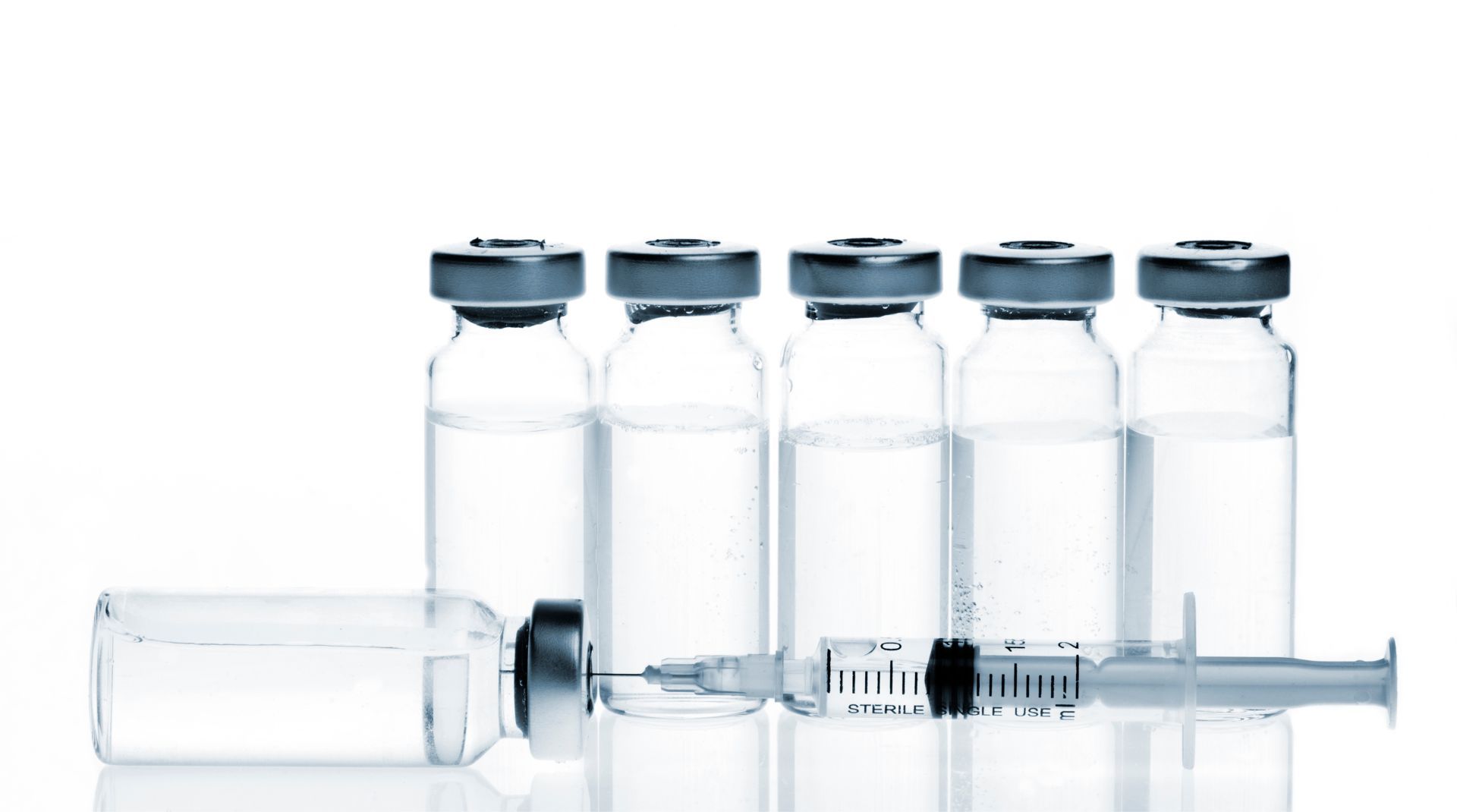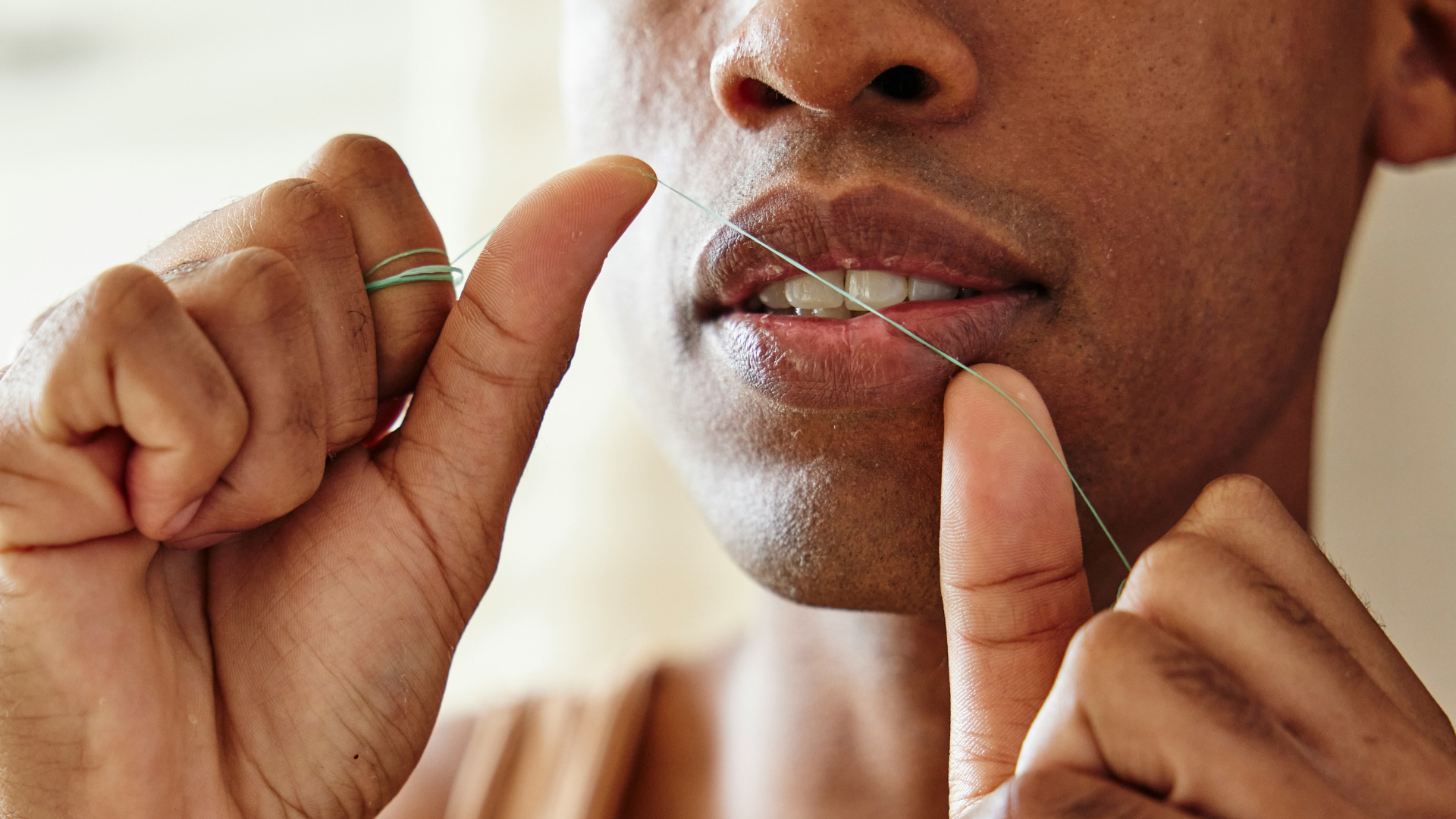Is Sparkling Water Really Bad for Your Teeth? The pH Truth NYC Needs to Hear
The Question That's Bubbling Up Everywhere
"Dr. Johnston, I drink LaCroix all day—am I destroying my teeth?"
This question comes up in nearly every appointment at Shine Dentistry. Between the wellness culture and the need to stay hydrated during long Manhattan workdays, sparkling water has become the drink of choice for health-conscious New Yorkers.
But then someone shares a scary article about acidity, and suddenly my patients are panicking about their Perrier habit.
Here's the truth: it's complicated, but not as scary as the headlines make it seem. Let me give you the complete scientific picture so you can make informed decisions about your hydration habits.
The Science of pH and Your Teeth
Understanding Dental Erosion
Your tooth enamel is made primarily of hydroxyapatite, a mineral that's incredibly strong but vulnerable to acid. When the pH in your mouth drops below 5.5, the enamel begins to soften and can potentially erode over time.
The Process:
- Acid exposure lowers mouth pH
- Enamel demineralization begins
- Saliva neutralization starts recovery process
- Remineralization occurs if given time
- Repeated cycles can lead to permanent damage
pH Scale Breakdown:
- pH 7.0: Neutral (pure water)
- pH 6.5: Generally safe for teeth
- pH 5.5: Critical threshold - enamel starts softening
- pH 4.0 and below: Significant erosion risk
The Sparkling Water Reality Check
The Numbers You Need to Know:
Plain Sparkling Water:
- pH range: 4.5-5.0
- Comparison: Slightly more acidic than safe threshold
- Risk level: Low to moderate with normal consumption
Popular Brands Tested:
- Perrier: pH 5.46
- San Pellegrino: pH 4.96
- LaCroix: pH 4.85
- Bubly: pH 4.5-5.0
- Spindrift: pH 3.7-4.0 (lower due to fruit juice)
The Context That Matters:
Compare to other beverages:
- Regular water: pH 7.0
- Orange juice: pH 3.3-4.2
- Wine: pH 2.9-3.9
- Regular soda: pH 2.5-3.5
- Coffee: pH 4.85-5.10
The takeaway? Sparkling water is significantly less acidic than most alternatives people drink regularly.
The NYC Lifestyle Factor
Why This Matters More in Manhattan
High-stress environment increases risk:
- Dry mouth from stress reduces protective saliva
- Frequent sipping throughout long workdays
- Caffeine consumption (coffee, tea) compounds acidity
- Irregular meal patterns disrupt natural pH cycles
Professional habits that amplify risk:
- Constant hydration during back-to-back meetings
- Replacing meals with beverages due to busy schedules
- Evening cocktails after already acidic day
- Stress-induced teeth grinding weakening enamel
- The Commuter Consideration
Long subway rides and walking commutes lead to:
- Frequent small sips instead of drinking with meals
- Extended contact time between teeth and acidic beverages
- Limited opportunity for mouth rinsing or food buffering
Alcohol and pH: The Full Picture
Alcoholic Beverages and Dental Health
Since we're talking pH, let's address the elephant in the room: alcohol. NYC's social and professional culture often involves drinks, and the dental impact goes beyond just acidity.
Wine (biggest concern):
- White wine: pH 3.1-3.4 (more acidic than red)
- Red wine: pH 3.3-3.8
- Champagne: pH 2.9-3.2 (most acidic)
- Additional factors: Tannins, sugar content, alcohol concentration
Beer:
- Most beers: pH 4.0-4.5
- Lighter beers: Slightly higher pH
- Craft/sour beers: Can be significantly more acidic
Spirits and cocktails:
- Straight spirits: pH 3.5-4.0
- Cocktails with mixers: pH varies widely (often 3.0-4.5)
- Citrus-based drinks: Particularly acidic
- The Compound Effect
Alcohol's triple threat:
- High acidity softening enamel
- Reduced saliva production decreasing natural protection
- Sugar content feeding harmful bacteria
Social drinking patterns that increase risk:
- Slow sipping over hours extends acid exposure
- Evening consumption when saliva production naturally decreases
- Mixing with citrus compounds acidity
- Late-night consumption without proper oral hygiene follow-up
Separating Myth from Science
Myth 1: "Sparkling water is as bad as soda"
Reality: Sparkling water has a pH of 4.5-5.0, while soda ranges from 2.5-3.5. That pH difference represents a 10-100x reduction in acidity.
Myth 2: "Any acidity will damage your teeth"
Reality: Your mouth naturally fluctuates in pH throughout the day. Occasional exposure to mildly acidic beverages is not inherently harmful if you follow proper oral hygiene.
Myth 3: "Flavored sparkling water is the same as plain"
Reality: Natural flavors slightly increase acidity, while fruit juice additions (like in Spindrift) can significantly lower pH. Check labels and ingredients.
Myth 4: "Drinking through a straw completely protects your teeth"
Reality: Straws help but don't eliminate contact. Some liquid still touches teeth, and the suction can actually increase contact time with molars.
My Professional Recommendations
For Regular Sparkling Water Drinkers:
Low-risk approach:
- Drink with meals when possible
- Use a straw to minimize tooth contact
- Rinse with plain water after drinking
- Wait 30-60 minutes before brushing teeth
- Choose plain over flavored varieties
Timing strategies:
- Morning hydration: Start with plain water
- With meals: Sparkling water is safest
- Afternoon pick-me-up: Better than coffee or soda
- Evening wind-down: Switch to still water
For Social Drinkers:
Wine and cocktail strategies:
- Alternate with water between alcoholic drinks
- Choose less acidic options when possible
- Avoid citrus mixers or request them on the side
- Rinse discreetly with water throughout the evening
- Comprehensive oral hygiene before bed
Business dinner considerations:
- Red wine over white for slightly higher pH
- Avoid lingering sips between courses
- Use bread/cheese as natural buffers
- Water chaser with each alcoholic drink
The Bigger Picture: Risk Assessment
High-Risk Scenarios:
Immediate concern needed:
- All-day sipping of any acidic beverage
- Dry mouth conditions reducing saliva protection
- Existing enamel wear or sensitivity
- Frequent alcohol consumption (daily or multiple times weekly)
- Eating disorders or acid reflux amplifying acid exposure
Professional monitoring recommended:
- Heavy coffee + sparkling water combination
- Wine industry professionals or frequent entertainers
- Stress-induced teeth grinding combined with acid exposure
- Previous dental work in areas exposed to frequent acid
Low-Risk Scenarios:
- Generally safe with good oral hygiene:
- Occasional sparkling water with meals
- Social drinking 1-2 times per week
- Excellent oral hygiene and regular dental care
- Good saliva production and overall oral health
Practical NYC Solutions
For Busy Professionals:
Office strategies:
- Morning routine: Plain water, then sparkling with lunch
- Meeting hydration: Room temperature reduces tooth sensitivity
- Afternoon transition: Sparkling water over additional coffee
- End-of-day: Plain water to start pH recovery
Travel and commuting:
- Subway sipping: Use straw and take larger drinks vs. constant sipping
- Airport/hotel: Request plain water options alongside sparkling
- Business dinners: Strategic beverage ordering for dental health
For Social NYC Lifestyle:
Happy hour strategies:
- Pre-game: Eat protein/fat to coat teeth
- During: Water between every alcoholic drink
- Wine selection: Ask sommelier for less acidic options
- Post-social: Thorough oral hygiene routine
Weekend wellness:
- Brunch: Sparkling water over mimosas when possible
- Fitness classes: Plain water during, sparkling after
- Social gatherings: Bring your own low-acid options
When to Be Concerned
Warning Signs to Watch:
Enamel erosion symptoms:
- Increased sensitivity especially to cold or sweet
- Tooth appearance changes (more translucent, yellow)
- Rough or pitted surfaces on teeth
- Fillings appearing raised (enamel worn around them)
Behavioral red flags:
- Constant sipping throughout the day
- Preference for very cold beverages (may indicate sensitivity)
- Avoiding certain foods due to tooth discomfort
- Noticing changes in how teeth feel or look
Professional Evaluation Needed:
- Schedule an appointment if you experience:
- Any combination of symptoms above
- Concerns about your beverage consumption patterns
- Questions about your individual risk factors
- Desire for personalized dietary recommendations
The Bottom Line: Balance and Awareness
My Honest Assessment:
- Sparkling water is not the enemy. For most people with good oral hygiene and reasonable consumption patterns, sparkling water poses minimal risk to dental health.
- Context matters more than perfection. A person who drinks sparkling water with meals but otherwise maintains excellent oral hygiene is at far lower risk than someone who sips sugary coffee drinks all day.
- Knowledge empowers better choices. Understanding pH and timing allows you to enjoy sparkling water while minimizing any potential dental impact.
The Hierarchy of Dental Beverage Concerns:
- Highest risk: Regular soda, energy drinks, frequent wine consumption Moderate risk: Flavored sparkling water, occasional alcohol, coffee with additives
- Lower risk: Plain sparkling water with meals, tea, coffee without sugar Lowest risk: Plain water, milk
Your Personalized Risk Assessment
Ready to understand your individual risk factors and get personalized recommendations for your lifestyle? Every patient's situation is unique based on:
• Saliva production and composition
• Existing dental work and enamel condition
• Overall diet and beverage consumption patterns
• Stress levels and grinding habits
• Oral hygiene effectiveness
📞 Call us at (212) 242-5344
📍 Visit us at 255 W. 23rd Street, New York, NY 10011
💻 Schedule online at shinedentistrynyc.com
Your consultation includes:
• Comprehensive enamel and sensitivity assessment
• Review of your complete beverage and dietary habits
• Personalized risk stratification and recommendations
• Practical strategies for your NYC lifestyle
• Follow-up plan for monitoring and prevention
Your Personalized Risk Assessment
Ready to understand your individual risk factors and get personalized recommendations for your lifestyle? Every patient's situation is unique based on:
- Saliva production and composition
- Existing dental work and enamel condition
- Overall diet and beverage consumption patterns
- Stress levels and grinding habits
- Oral hygiene effectiveness
📞 Call us at (212) 242-5344
Your consultation includes:
- Comprehensive enamel and sensitivity assessment
- Review of your complete beverage and dietary habits
- Personalized risk stratification and recommendations
- Practical strategies for your NYC lifestyle
- Follow-up plan for monitoring and prevention
About Dr. Elena Johnston
Dr. Elena Johnston believes in giving patients science-based information so they can make informed decisions about their lifestyle choices. Rather than issuing blanket restrictions, she works with each patient to find sustainable approaches that protect their dental health while accommodating their personal and professional needs.
"I'd rather give you the complete picture with practical solutions than create unnecessary fear about reasonable lifestyle choices." - Dr. Elena Johnston
Ready for honest, science-based guidance about your beverage choices? Your personalized dental health assessment awaits at Shine Dentistry NYC.


